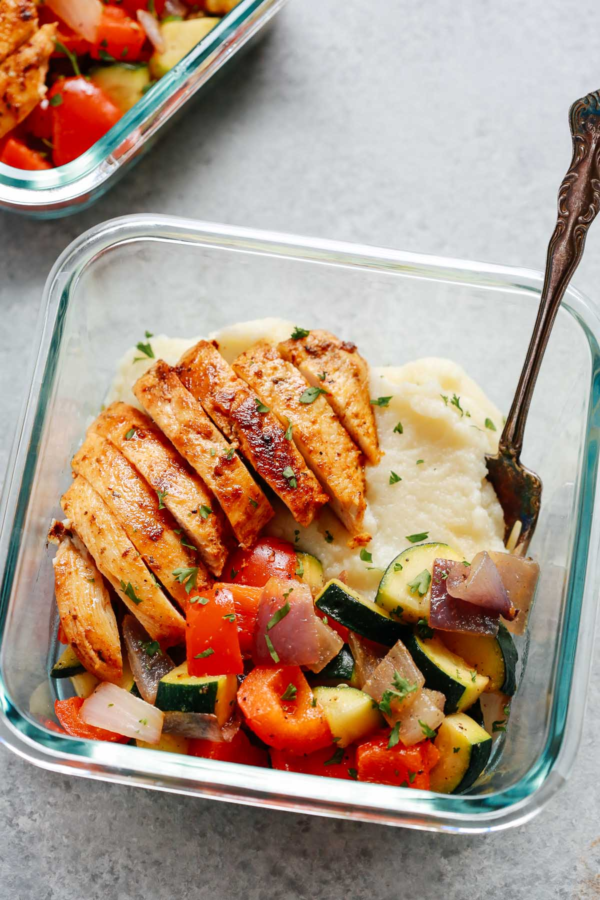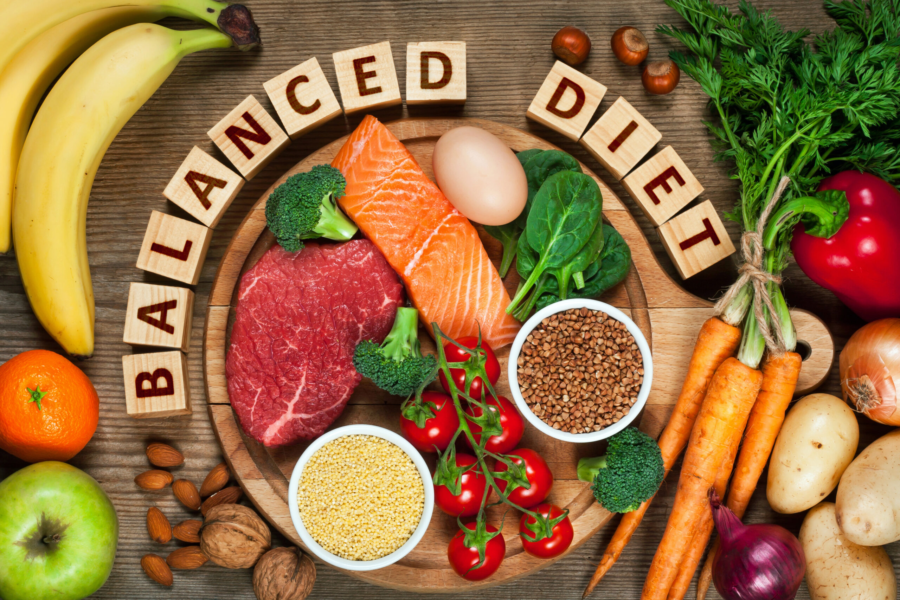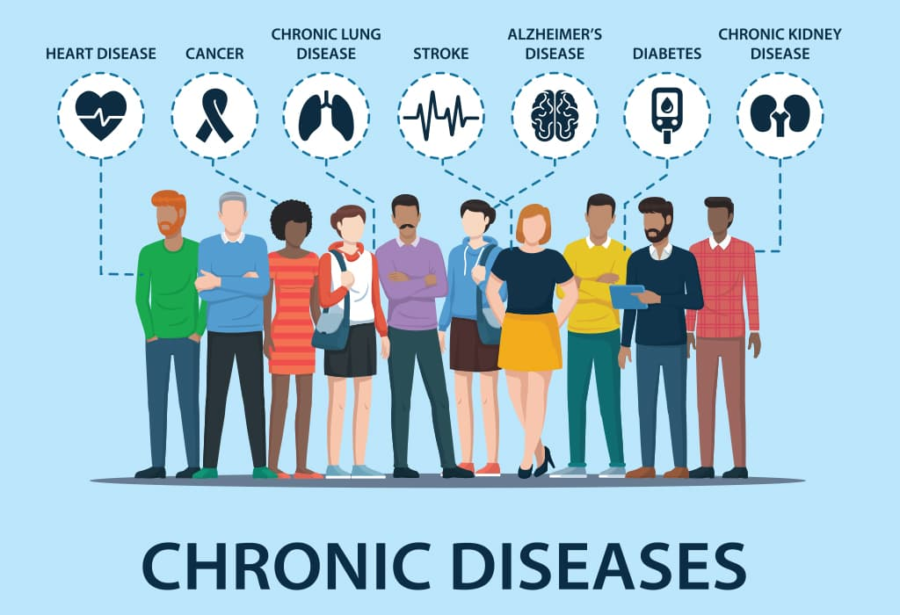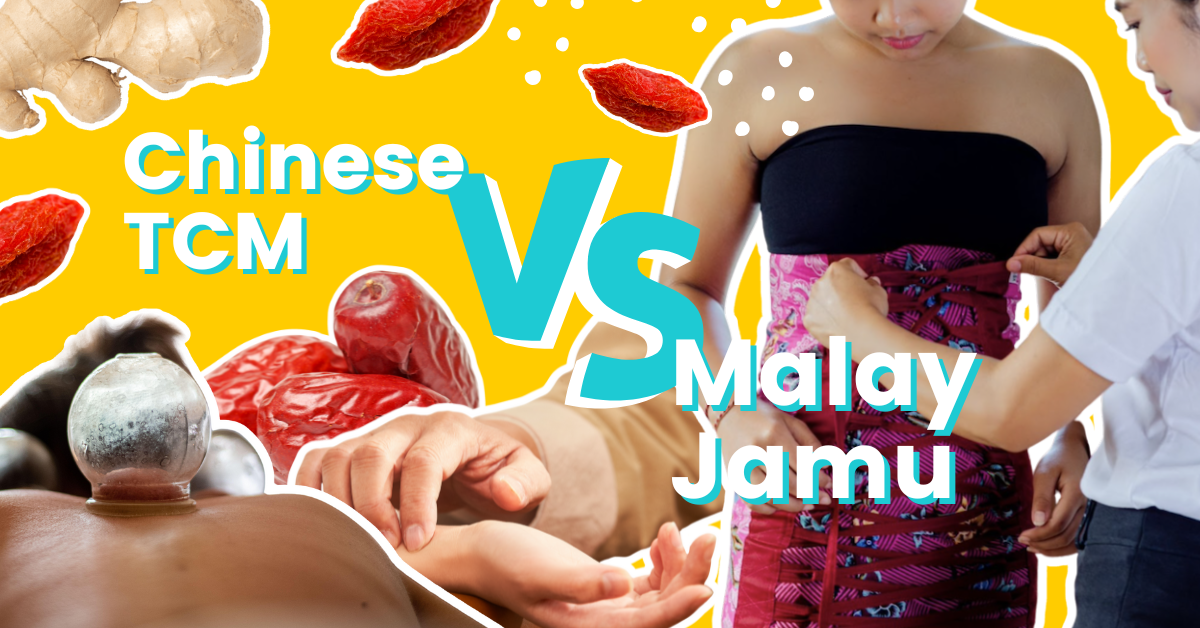Table of Contents
What’s belly fat?
Are you worried about your postpartum belly? Or ever wonder why the belly fat is so persistent? First, let’s learn about the definition of the word.
Subcutaneous belly fat is right under your skin which is our love handles and it makes up our round belly.
Deep belly fat, or visceral fat, is deeper inside your belly. It builds up around your important organs. Scientists call it “visceral adipose tissue.”

Effective tips and methods to lose our deep belly fats (Diet, Exercise, Moral Support)
One of the ways to kickstart the regime is through diet changes.
1) Focus on a low-carb diet to reduce stubborn belly fat
Research from Johns Hopkins [Source link] found that individuals on a low-carb diet lost 4.5kg more than those on a low-fat diet in six month —each containing the same amount of calories—those on a low-carb diet lost an average of 4.5kg more than those on a low-fat diet—13kg versus 8.5kg. With weight loss, fat and often lean muscle is reduced, which is not desirable. On both diets, there was a loss of about 0.5 to 1.3 kg of good lean tissue along with the fat, which means that the fat loss percentage was much higher on the low-carb diet.

2) Reduce your consumption of processed food
Processed food contains a high concentration of trans fats, sodium, salt, sugar which makes losing weight harder. Thus, try making your own simple meals at home where you can adjust the amount of seasoning.

3) Drinking adequate amount of water helps you in weight loss overall
There are 3 reasons why:
-Hydration makes you more able to do exercise. You simply cannot ramp up to the exercise intensity required to burn fat if you are dehydrated.
-Water is a zero-calorie substitute for high-calorie beverages.
You need water to burn fat. Dehydration interferes with the body’s ability to break down fat and turn it into fuel.

Benefits of Physical Activity
Besides lowering high blood pressure and reducing our risks of Type 2 diabetes and heart disease, regular physical activities also help us maintain a healthy state of mind and body.
Physical activity helps burn abdominal fat. Exercise reduces our body insulin levels. Otherwise, it will signal the body to hang on to our fatty tissues and causes the liver to utilize the fatty acids.
For starters, I would recommend 30 to 60 minutes of moderate to vigorous exercise daily. Low-intensity workouts, like gentle yoga or an easy stroll, probably won’t get you to your desired number.
To achieve clinically significant weight loss, studies suggest aiming for 225–420 minutes of moderate-to-vigorous exercise per week [Source link][Source link]
Understanding The Different Intensity Levels of Physical Activity
We all know that there are different types of physical activity – aerobic, muscle and bone strengthening, balance and flexibility. However, do we know which intensity level we should be exercising at?
Intensity is how hard your body is working during physical activity.

Make a change in your lifestyle
1) Being informed of what goes into your body is important.
You can compare different brands of similar food. You will often find food that are low in fat but they are higher in added sugars and carbs. Stewart says, foods such as mayonnaise, salad dressings contains high amount of fat and calories.
50% of the healthy plate contains fruits & vegetables and 25% of grains and 25% of proteins which comes from fish, chicken, beans, nuts etc.
The source of your daily calories are also important. Foods that provide mainly calories and very little nutrition are known as “empty calories.”
Examples of foods that provide empty calories include:
- cakes, cookies, and donuts
- processed meats
- energy drinks and sodas
- fruit drinks with added sugar
- ice cream
- chips and fries
- pizza
- sodas
However, it’s not only the type of food but the ingredients that make it nutritious.
A homemade pizza with a wholemeal base and plenty of fresh veggies on top may be a healthy choice. In contrast, premade pizzas and other highly processed food often contain empty calories.
To maintain good health, limit your consumption of empty calories and instead try to get your calories from foods that are rich in other nutrients.

2) Have a like-minded group of friends/support group
Human beings do not thrive alone. We need our family and friends as pillars of support, especially in difficult times. Research shows that you can be positively influenced to lead a healthier lifestyle if your circle of influence are doing the same.
Continue to build this network of yours to support each other in good or challenging times!

From unhealthy fats to disease
The problem with having too much visceral fat makes a lot of toxic substances that promote inflammation and insulin resistance in the body. Visceral fat can cause inflammation in the organs that it rests on. For example, “It can wrap around your liver, and that contributes to nonalcoholic fatty liver disease.
Cardiovascular disease. A large study of European women ages 45 to 79 concluded that those with the biggest waists (and those with the largest waists in relation to their hip size) had more than double the risk of developing heart disease. The risk was still nearly double even after adjustment for several other risk factors, including blood pressure, cholesterol, smoking, and BMI. Even in healthy, nonsmoking women, every 2 inches of additional waist size raised the risk for cardiovascular disease by 10%.
Thus, as you age, you are more susceptible to chronic diseases stated in the diagram below [sourcelink]:

Consistency is key!
Losing belly fat takes time and consistency. Focus on small, sustainable changes like reducing processed foods, staying active, and hydrating. Consult a healthcare professional to create a safe, personalized plan for your journey.
Remember, consistency is key!


